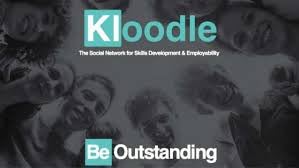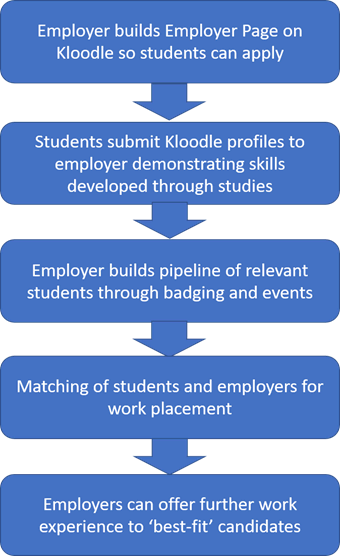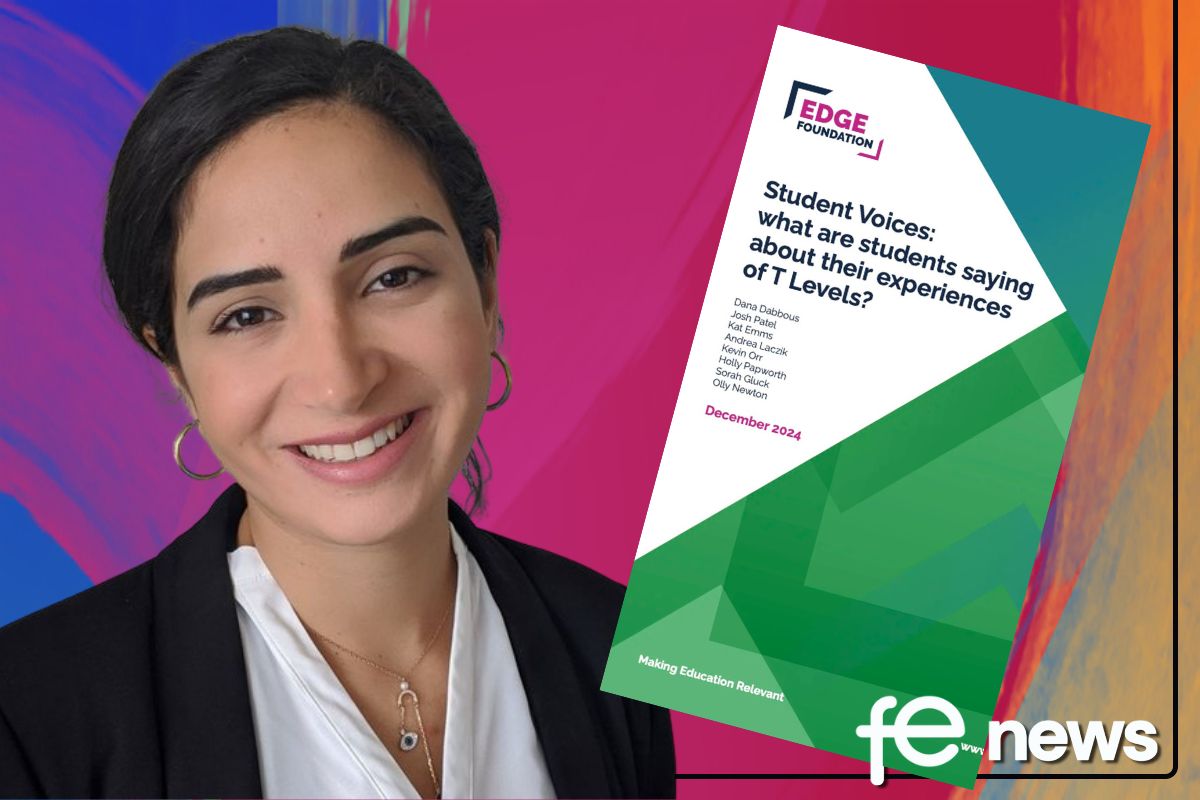T Levels and the quest for equal opportunities: Holy grail or empty vessel?

The whole purpose of the T Levels is to develop the skills which meet the business needs in the economy. In theory, they sound a great idea, but to do this you have to know what businesses want.
Do they even know? The skills that are relevant today may not be the ones we need in fast-changing sectors.
Theory versus reality
The whole process, at any rate, if it is to work, clearly has to be employer-led, and dynamic, and employers have to really believe that they are going to be able to recruit high calibre entry level talent via the T Level route. This is probably the biggest challenge for the Government to make T levels a success. What’s the point, employers will ask, in businesses working with students over an extended period of time only for those students then to drift away and the companies who have invested time and support then having to recruit from elsewhere?
The PR problem here is credibility and a less than glowing track record for vocational qualifications to date. Qualifications that are non-academic just haven’t been able to compete with the gold standard of A levels, which have been tried and tested over decades, and are seen to be academically rigorous and of international repute. Probably, in terms of credibility, it’s because the academic route is so well-trodden by previous generations we end up with the recruiters of today understanding the purchasing power of the A level currency by default.
 A Levels have Flaws too!
A Levels have Flaws too!
A levels can be narrow
Although the A level path has been proven, there are flaws. Most young people can only do three and the best mixture tends to be a cluster of subjects which overlap, such as the typical combinations of “Maths, Physics and Chemistry” or “English, History and Politics”; the problem lies in the parochial nature of the skills they encompass, the former combo means you don’t write an essay after 16 and the latter results in very rusty maths skills later on.
So compared to the reality of A levels there may be some big benefits and a big win for the new T Levels, at least on paper.
The courses will have ‘built-in’ numeracy, literacy, digital, employability skills, attitudes and behaviours; all the ingredients required to prepare someone for a successful career — and, the cherry on the icing on the cake, is the proposed work placement. Some big corporate names, such as Rolls Royce, Fuijitsu and EDF, and leading industry professionals are already supporting the T levels plan.
And before we get on to the even more worrying fact that A levels have been inadvertently suppressing social mobility. Young people who attend schools in more affluent areas generally get better exam results, elevated options for university and, consequently, better career opportunities than their counterparts who are not so lucky. Back to the problem of unfairness — only this time at 16 to 18.
Branding of the T Levels
The big picture T level strategy is very admirable. It fills a gap and potentially offers a practical alternative to A levels and apprenticeships. However, there are a number of issues which need to be addressed before they are launched in earnest.
One of the main issues with all this will be the T level brand. Let’s be honest. What has preceded T Levels in this space has been second rate, a dumping ground for ‘non-academic’ students.
Although it has been promised that the Ts should have the same status or ‘on a par’ as A levels, a number of prestigious Higher Education institutions have already said they won’t accept them. And they haven’t even been launched yet!
Imperial College says that the qualifications do not offer ‘suitable preparation’ for a degree and UCL will not even recognise them. On the plus side, a number of Russell Group Unis, including Cambridge, have said they will consider T Levels from applicants depending on what the final product looks like.
Not a definite commitment then, just a ‘let’s wait and see’. This luke-warm response is predictable, perhaps, but worrying all the same.
It is really important that the T brand gets off to a great start. How do you do that?
 Well, a three-pronged attack is called for:
Well, a three-pronged attack is called for:
- Prong 1: The qualification must be employer-led, so it is imperative that high quality, committed employers are engaged in the process. Employers must believe that they will be able to mould and recruit new talent from the work placement, otherwise, what’s the point? Another potential problem is consistency. In cold spots it might be particularly difficult to offer a range of training courses where the local industry is limited economically and in diversity. This puts a restriction on choice and, consequently, demand.
- Prong 2: High calibre studentsmust be attracted to the process. This is where the predecessors failed. It needs students who were considering a Russell Group university education to decide that T levels are a credible route to a good career, bypassing enormous student debts in the process.
- Prong 3: T levels must have a high standing relative to other qualifications. Even though T levels have a different focus compared with A levels, the Government needs to spin some very positive PR to ensure that Prongs 1 and 2 above are achieved. If education providers and employers are not convinced that T levels are on a par with A levels then they are doomed to failure from the very beginning.

Kloodle can get you Prongs 1 and 2
We leave the spin to the Government! At Kloodle, we specialise in helping young people showcase their talents precisely by getting employers to identify the skills and set them the challenges that they are looking for — so we’re T Level ready right away. This will operate particularly well with the work placement.
On Kloodle skills profile, students can record and log their skills acquisition daily through blogs, videos and photos and each evidence point demonstrates student progression and can be reviewed remotely by teachers and employers.
Our employer-led offering to local schools and colleges facilitates engagement between the employer and students.
This will work perfectly with T Levels as follows:
- The employer in a particular industry sector offers a certain number of work placements as part of the T level course. They advertise the placements on Kloodle through their Employer Page to the students in local colleges.
- The students studying the relevant course apply for the placement by adding their Kloodle Profile to the employer pipeline connect with local talent.
- The students’ employability skills are displayed on their profiles via blogs, videos, photos and awarded skills badges. Employers can set tasks for students to demonstrate specific skills via badges.
- The employers interact with learners through our pipelining tool and develop relationships with the students they believe have the best fit and potential with their company philosophy, values and culture.
- This also gives the students a chance to ask questions and find out more about a range of employers and sectors, what they are looking for and what they will need to do to be employed by them.
- The next stage is for different employers to invite students to a range of events or work experience.
Work experience as part of T Level qualifications gives the students real life application of communication, numeracy, literacy and employability skills in the following ways:

- Evidencing and reflecting on these experiences through Kloodle provides the school or college with the following data:
- The work experience can be logged daily on Kloodle to leave a rich trail of evidence of the projects completed, which supervisors can easily review on a regular basis to give feedback. It is also a much more powerful medium for students to present to future employers as a demonstration of their experience and skills than a traditional CV.
1. Successful completion, verified by the employer.
2. Evidence of the skills developed.
3. Grading of the richness of the evidence through Bronze, Silver, Gold banding. (criteria stipulated by each college).
4. Employability Progression
5. Destination Data
- We enable Schools and Colleges to fully measure the impact work experience has towards the skill development in line with the institution’s Teaching, Learning and Assessment Policies.
- Kloodle uses an algorithm to determine a student’s employability score. This is a live metric which takes into consideration, meaningful employer engagement, skill development and richness of evidence. The employability scores of entire cohorts or individual students before, can be tracked during and after work experience. The amount of skill badges earned as well as their employability score will give consequential impact assessment data so the college can reasonably measure how successful that placement has been in helping to further develop ‘student employability’ outside of the classroom.
- The long term impact of T Levels and work experience can be tracked by measuring how successful students are upon graduating
- Data from Kloodle can be directly imported into current data management software.
One of the key ingredients for success of T Levels, is to attract top quality, dedicated students to apply. The process needs to start earlier than 16 so that employers can work with students to develop and build awareness of the skills required.

This is how could Kloodle work for your organisation. We envisage 5 main stages for our T level employer-led proactive school and college engagement.
Ultimately, only time will tell whether the vision for greater self-reliance, for skills that are more relevant, and for a whole section of our young people to be supported by state-of-the-art practical technical qualifications will bear fruit with the new T levels.
 Our A Team here at Kloodle is keen to work with employers, training providers and schools, who want to engage with the plan. And, as Hannibal Smith would say, “I love it when a plan comes together.”
Our A Team here at Kloodle is keen to work with employers, training providers and schools, who want to engage with the plan. And, as Hannibal Smith would say, “I love it when a plan comes together.”
The introduction of T levels will not be the catalyst for improving standards by itself. The extra time built into the training should be utilised by students to learn the value of recording and REFLECTING on how the classroom experience supports the work experience.
Only then will T levels add significant value. This will require good support and joined-up methods of assessment between the classroom and the workplace.
Not impossible, but not a given. Only then will T levels add significant value.
Neil Wolstenholme, Chairman, Kloodle
Three-part series
The skills-productivity gap; the purpose of education; culture change; and large sums of public money. Serious stuff. So, in theory, it all seems to stack up. But will it work? See also Part 1 “T Levels: What do Mr T and Mrs T Have In Common? ” and Part 2 “T Levels – Back To The Future At 16“.
Copyright © 2018 FE News
If you are interested to find out more about how Kloodle can help you with a T level solution then please email Andrew Donnelly.












Responses